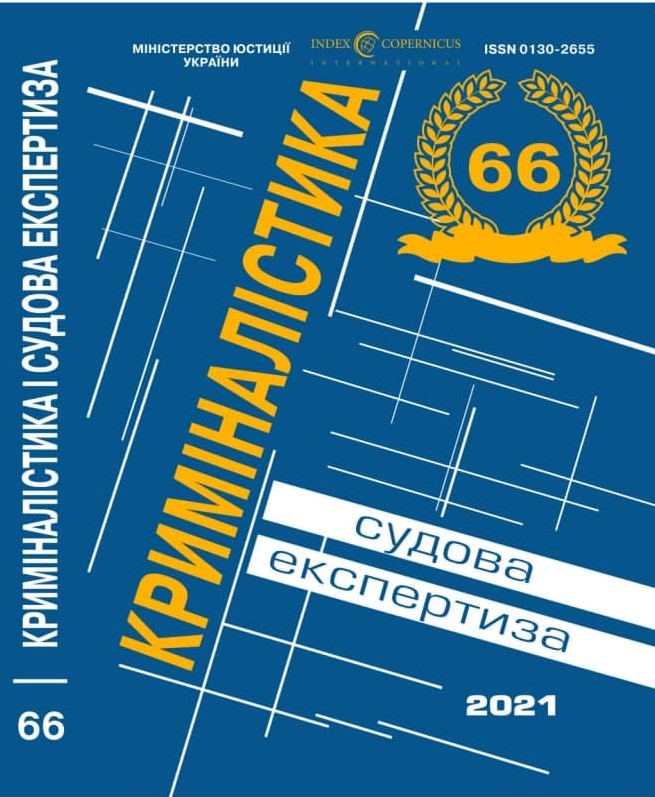
DOI: https://doi.org/10.33994/kndise.2021.66.62
S. Tomyn, O. Lyshak
The article examines the role of forensic traceological examination in establishing the circumstances conducive to the commission of criminal offenses. The authors substantiate the thesis that, among other diagnostic tasks that are solved by the forensic and traceological examination of locks, it is important to resolve the issue of a malfunction of the lock mechanism and its causes, as well as the suitability of the lock for use by appointment. The study of locks of various designs by experts allows to determine the following main disadvantages that make it impossible to use it for its intended purpose: constructive primitiveness of the locking mechanism; production of a large number of locks with the same secrets, that is, virtually no secrets; unreasonable dimensional characteristics of some interacting parts; lack of proper padlocks.
Deviations from the requirements of state standards and technical conditions by manufacturing enterprises for which the production of locks is not profiling lead to a significant decrease in the security properties of products.
Based on the results of the study, it is concluded that in all cases when the expert establishes that the design of the lock is unsuccessful. Alternatively, the details that form the secret of the locking mechanism do not provide a secret, in the order of the expert initiative, in his/her conclusion must: first, reflect this circumstance. Secondly, to explain what the secret of a particular design is, as well as what exactly in this lock, if it were made with high quality, would make it difficult to unlock with a foreign body, and what specific reasons make it easier to open it with foreign objects. Third, to propose ways to eliminate the identified shortcomings.
To other circumstances of a criminogenic nature that can be detected by trace evidence experts, the authors also include the inadequacy of premises for storing money, shortcomings in the packaging of material values that facilitate theft, imperfection of the seals used for sealing containers, improper hanging of a seal, etc.
Key words: forensic traceological examination, examination of locking and safety (control) devices (means), lock, seal, circumstance of a criminal nature, expert prevention, expert initiative.










